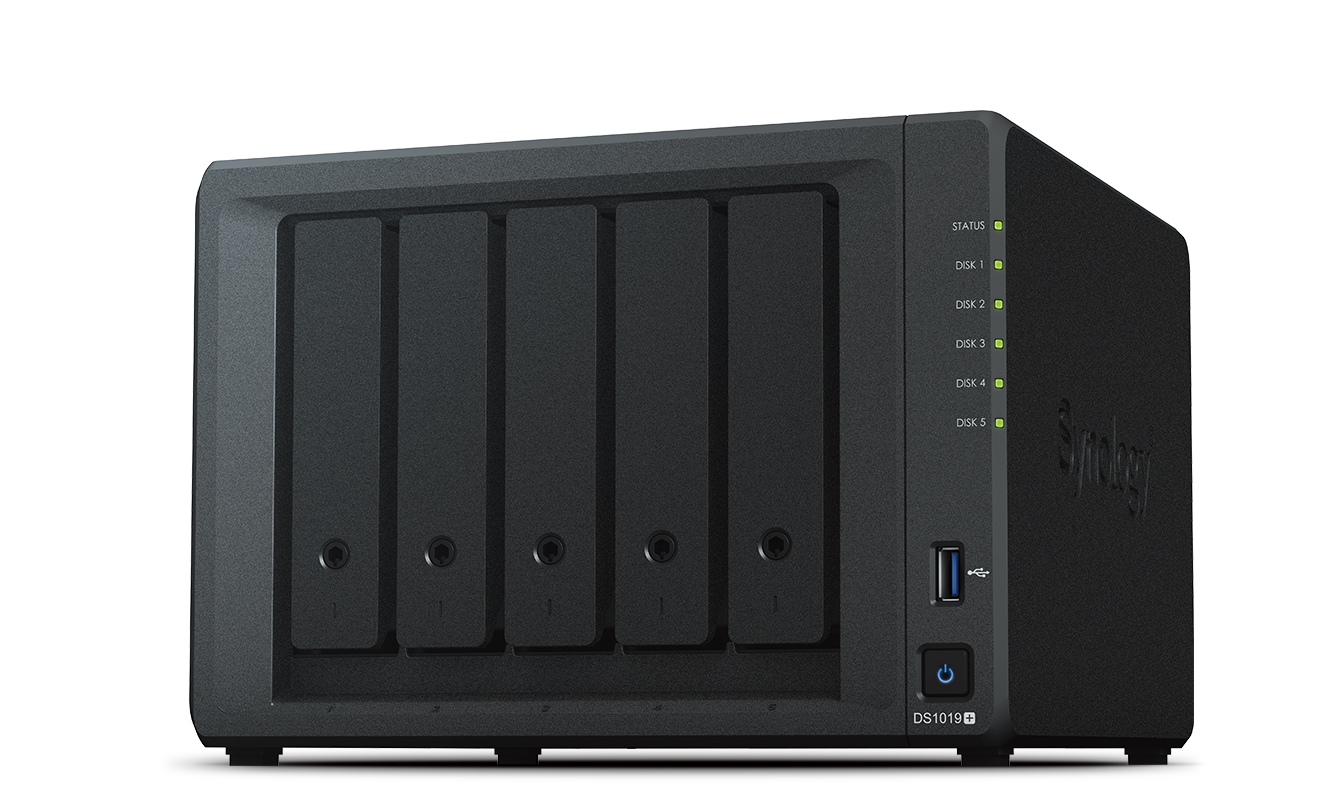
This technology lets you use multiple disks, usually traditional spinning hard drives, as a single drive while duplicating everything you put on them. RAID – Redundant array of independent disks. Thankfully, things are now coalescing around one simple standard: USB-C, which refers to the small oval plug that is found on most laptops and desktops. USB-C – The history of USB connectors is awash with all manner of cables and connectors, and it’s all rather confusing. Some external drives use other cables that have USB 3.1 and 3.2 transfer speeds but with connector cables that look a bit different.

Most external SSDs use USB-C cables like this one. Those external drives are simply not worth considering. If you see any options that are USB 2, run for the hills and never look back. Nearly every decent hard drive is going to be USB 3.1 or 3.2. USB 3.1 and 3.2 – These essentially mean the same thing, and the numbers refer to how fast they can move data between devices. They are much less expensive than SSDs but are also prone to failure with repeated use over many years. Hard disks have magnetic metal platters that spin around at 5400 or 7200 revolutions per minute. Hard disk – This was the de facto storage standard for decades but is becoming less common as SSDs increase in popularity and decrease in price. All modern laptops and most desktops use SSDs instead of traditional spinning hard disks, but external SSDs are still more expensive than their kinetic counterparts. You can also think of an SSD as a camera memory card on steroids. SSD – Solid-state drive basically a tiny hard drive with no moving parts. If your main concern is simply backing up photos, you’ll be fine with much slower transfer speeds of 200-500 MB/sec. For photo storage and editing, try to find a drive with transfer speeds of around 1000 MB/sec (megabytes per second). Faster is always better, but it’s also more expensive.

Transfer speed – How fast data is sent back and forth between the drive and your computer.

Understanding what some of these terms mean can help you use your time wisely and more easily determine the right option for you. The search for a hard drive is often fraught with acronyms, transfer speeds, cable specifications, and other technicalities that can quickly turn the purchase process into a major headache. External hard drives: key terminologyīefore diving in too deep, it’s important to familiarize yourself with a few essential terms. Whether you have pictures of your kids, pictures of clients, or any other type of digital images, you should store them on a solid and reliable external drive.


 0 kommentar(er)
0 kommentar(er)
